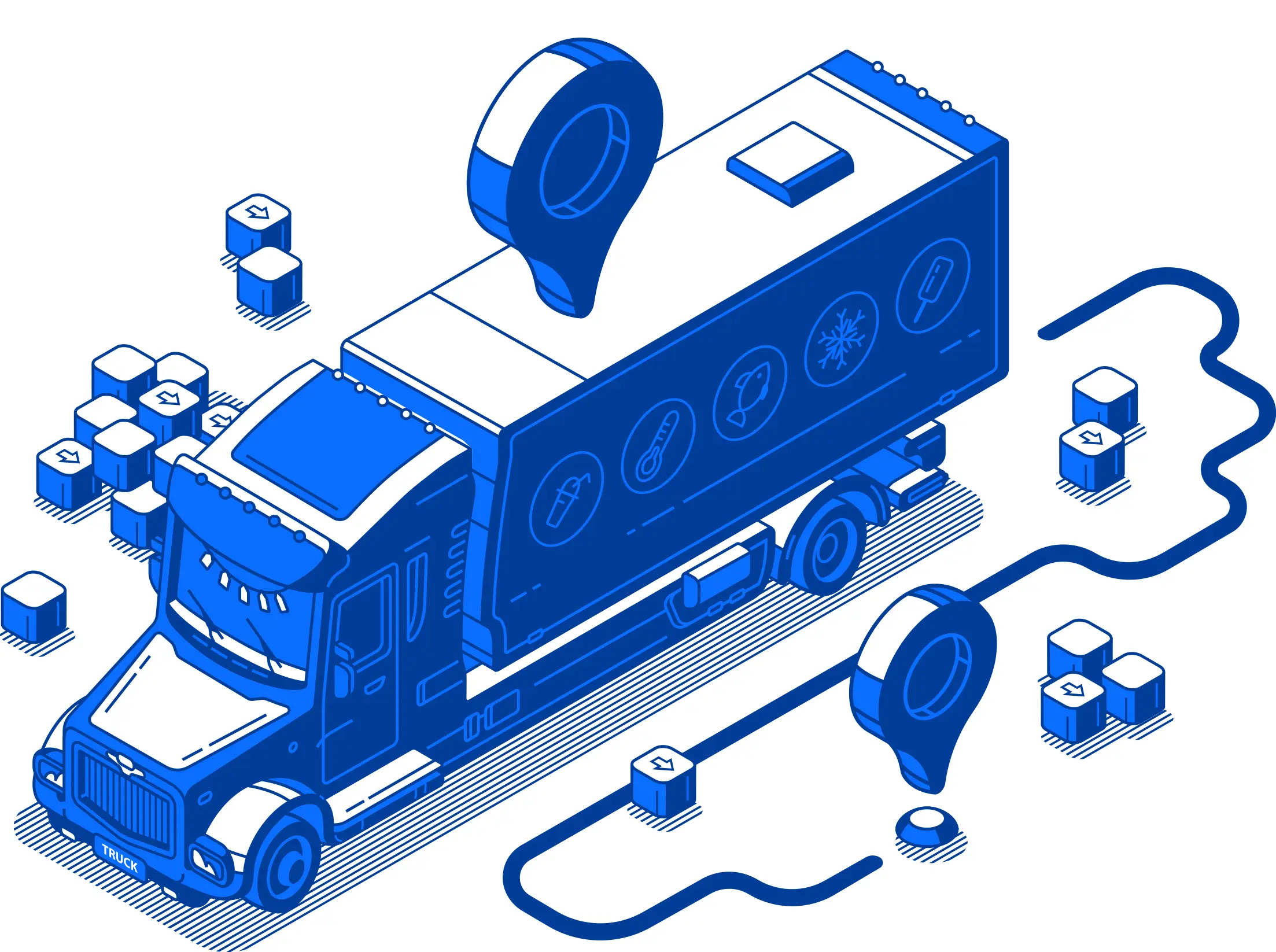One of the greatest feelings in the world is when your business is thriving. You have a few trucks, and your client base is strong. Referrals are pouring in. You’re ready to grow, and you want to get up to 20 trucks. You want to be a leader in the trucking industry.
It’s an ambitious goal, but you’ve gotten this far with careful financial planning, strategic route planning, and a keen sense for customer service. How do you fund the growth you hope to achieve without taking on debt?
You won’t consider a business loan when interest rates are still high. You want a growth strategy that avoids debt while purchasing new trucks, staff, and equipment. There are ways to grow your business without taking on excessive debt, and we’ll help you understand them.
Strategies for Avoiding Debt While Scaling Your Trucking Business
There are a few reasons you should avoid taking on debt when scaling your fleet to 20 trucks.
- Advantageous Assets – Your business assets are of less value when you have to pay off a debtor. When you don’t owe money on a truck or trailer, the full value is your asset.
- Higher Credit Scores – When you don’t carry a lot of debt, you have a higher business credit score. That favorable score makes you more appealing to potential clients.
- Less Stress – You don’t have to worry about having enough money at the end of the month for a business loan. This is especially important in slower months when work isn’t readily available.
- Reduced Risk – You don’t have high interest rates or late payment fees taking from your monthly profits.
Partner With Other Owner-Operators
If you’re not against the idea of working with other owner-operators, it’s a great way to scale your business. Instead of buying trucks, you bring other truck owners into your business and work together to grow a thriving trucking company. They maintain their trucks, lowering your monthly expenses in the process.
It works like this:
- You look for experienced, trustworthy drivers with their own trucks who are looking for steady work.
- Research your finalists’ business credit scores, reputations, and ensure they’re a good fit for the business you’ve created.
- Negotiate how much of a percentage you’d keep from the revenue they generate by delivering loads for you.
- Discuss how much work they’re willing to do each week and whether they’ll travel across state lines or not.
- Have a business attorney draft a favorable contract that provides protections for both of you while also making sure that the percentage you get from their earnings is reasonable.
Once the contract is signed, that truck driver is a contractor for you. Offer the driver loads that need hauling. You pay them their cut and keep the rest to cover your office expenses, insurance, and software for planning routes.
Because they own their truck, you avoid the cost of new trucks, but you maintain ownership of the business. They’re contractors for you, and you get a portion of the revenues they bring in.
Trade Partial Ownership for Funds
If you’ve ever seen the show “Shark Tank” or “Dragon’s Den,” you understand how external investors work. They invest money into your business in exchange for a percentage of the revenues or percentage of ownership in the business.
You can use this financial strategy to your advantage when growing your fleet. They provide the money, but you remain the primary owner of your business.
If you decide to use investors, make sure you have clear guidelines on what you’re willing to accept. If you’re okay with a business partner for five years before the exit, make sure this is clearly stated in a contract.
Government Grants & Other Programs
Government grants are not always available, but when they are, they help you with your business growth. A grant will not cover your entire truck purchase, but it can help reduce the amount you have to pay for new trucks. Use the available grant money to grow your fleet.
Grants can have very strict rules to follow. Read the applications over carefully and make sure you complete each step correctly. That lowers the chances of being denied.
In 2025, Progressive Insurance and Hello Alice teamed up to offer a $50,000 grant to 20 small businesses in need of a vehicle. To qualify, applicants had to prove they:
- Didn’t earn more than $5 million in annual gross revenue
- Had 10 or fewer employees
- Needed a commercial vehicle (under 26,000 pounds) for operations and business growth
- Were 18 years or the legal age in their state
- Were the main owner, CEO, or COO for a U.S.-based business
- Were U.S. citizens
While the entry deadline for that grant is over, it’s one to watch for each year. Grants like this provide free money to use when increasing your fleet.
Reinvesting Your Profits
When you complete a job and make money, reinvest those earnings into your business. Build a strong savings and use those savings to pay for a new truck. It’s not going to lead to a 20-truck fleet overnight, but each step you take gets you closer to your goal.
The one downfall is that some clients may not pay you for a month or two. During that time, your debt is growing, and there’s no money coming in to keep up with the bills. You’re getting hit with late payment fees and high interest. Avoid that pitfall by arranging immediate payments with a freight factoring company.
Freight factoring charges a small fee, far less than credit card interest rates. In exchange, the factoring company invoices clients on your behalf and pays you immediately. Take those payments, pay utilities and other bills early, and use the excess to build your savings.
Strategic Partnerships
Have you considered partnering with a complementary business? You have a trucking company looking to grow, and a new manufacturing plant in town is looking for an in-house trucking company to handle their deliveries. It can be a win-win arrangement if you take time to carefully construct a contract that’s fair to everyone.
Freight factoring is one of the best strategic partnerships. It’s a service where you get paid immediately and no longer need to float expenses while waiting for your client to pay you.
With freight factoring, the factor pays you after approving your request. They bill your client, which eliminates office work, and handle collections if needed. You have a strong cash flow with instant access to money after you complete a delivery.
The Right Approach Is Often a Mix of Funding Strategies
One financial strategy may not be enough to grow your trucking company. Expanding your fleet to 20 trucks might work best if you use multiple strategies. Our recommendations are to use the following.
- Reinvest your profits back into your company and slowly add trucks to your line-up.
- Look into owner-operator programs to help add additional trucks to your fleet.
- Consider angel investors to help you grow your business without having to use your own money.
- Set up alerts for small business grants through your state and federal agencies.
- Partner with freight factoring to ensure you’re getting paid quickly and taking work from brokers and shippers with strong histories of on-time payments.
With careful planning and the right mix of strategies, scaling to 20 trucks is a vision you can bring to life. You need to keep your eye on financial arrangements you’re making with partners and create legally-binding contracts that protect your growing business and ensure you make your clients happy.
A strong customer service approach and robust savings strategies help you achieve your goals. Saint John Capital is here to help you expand your trucking business, just as we’ve helped many others in the past.











